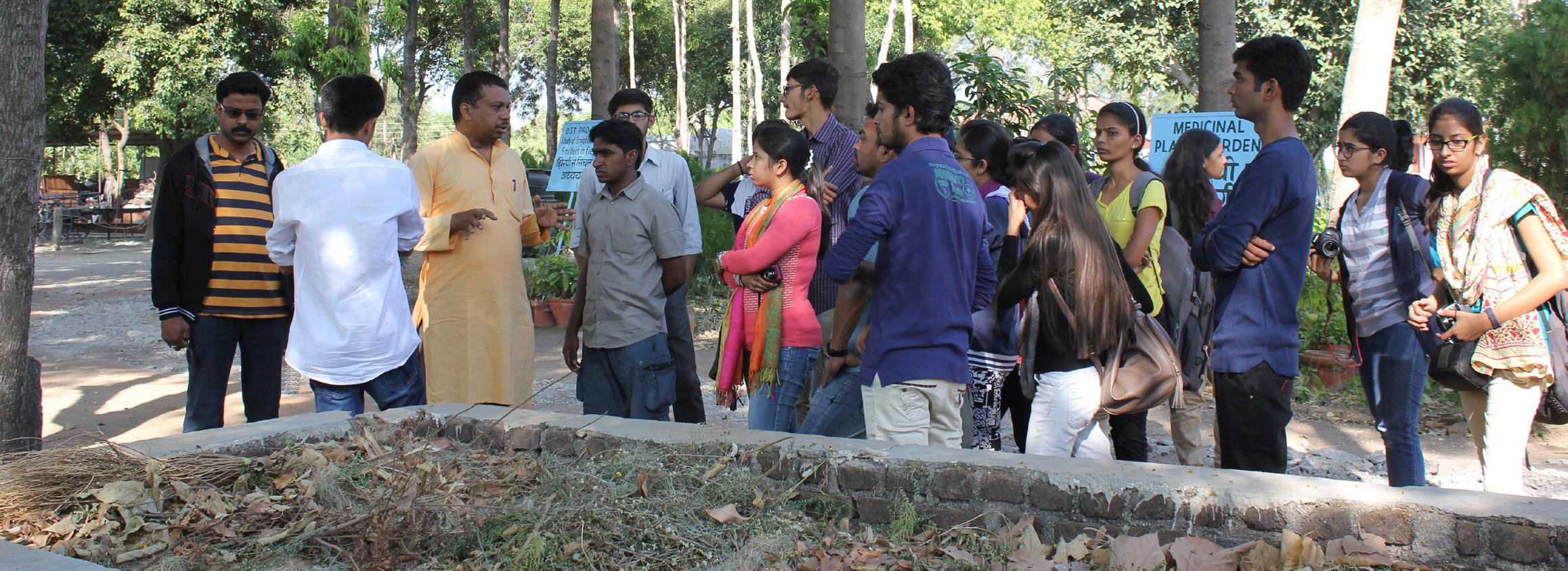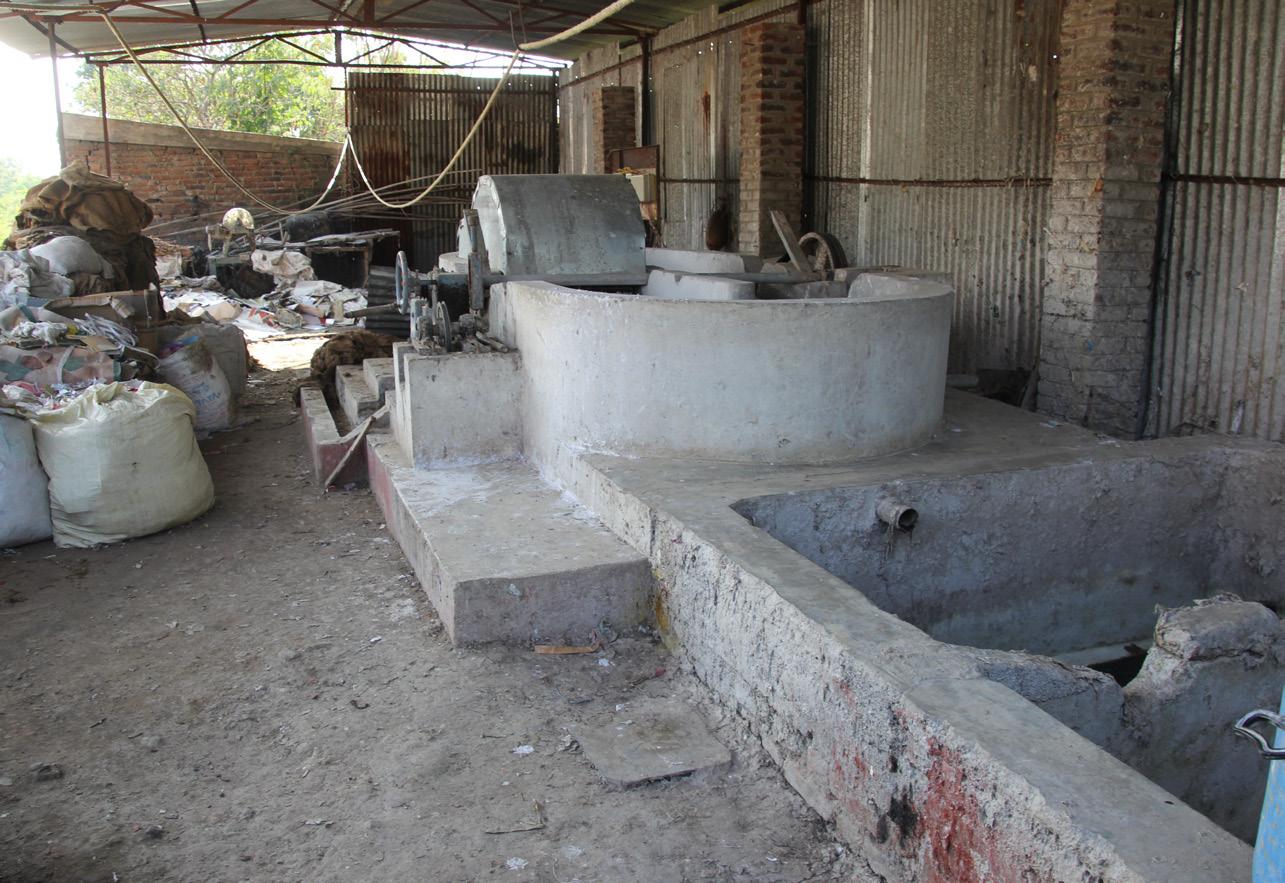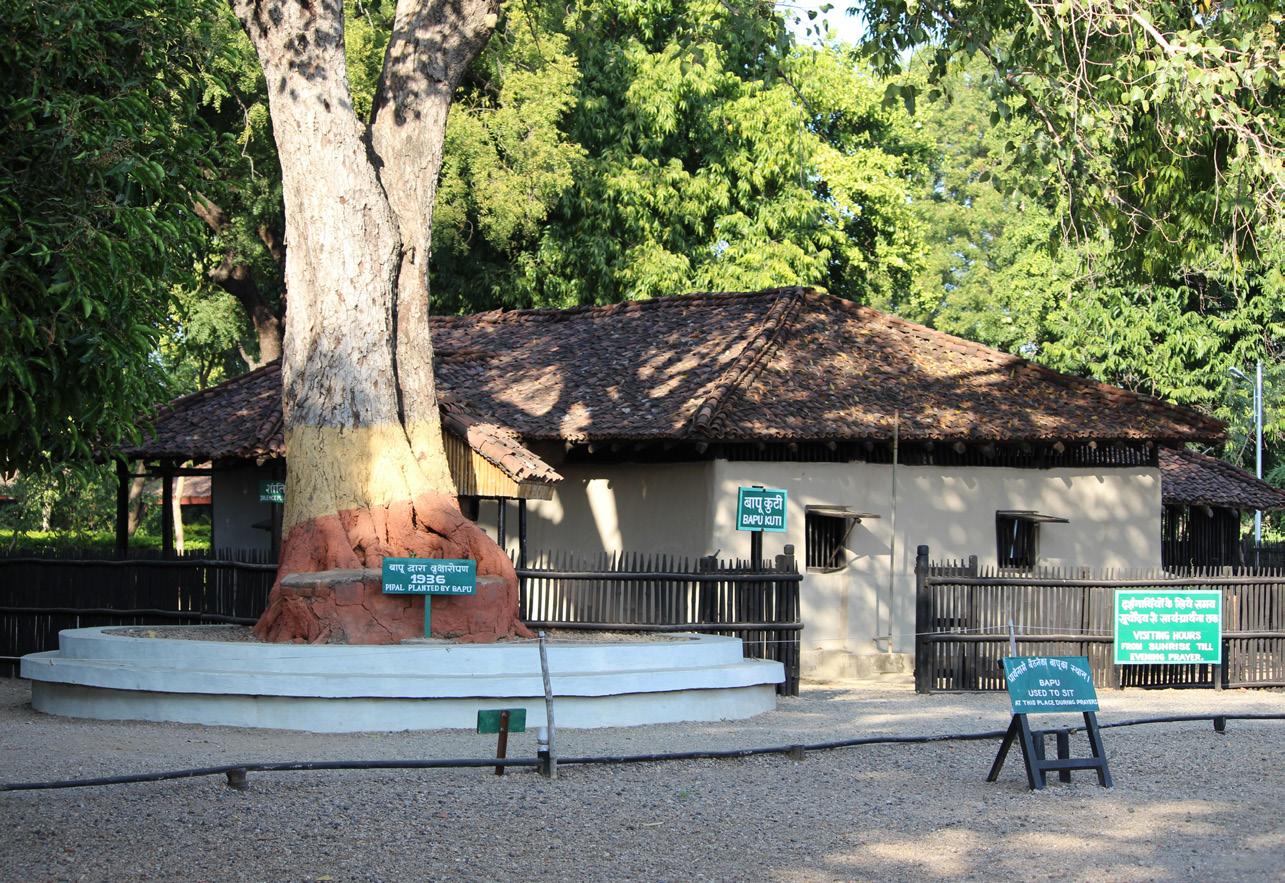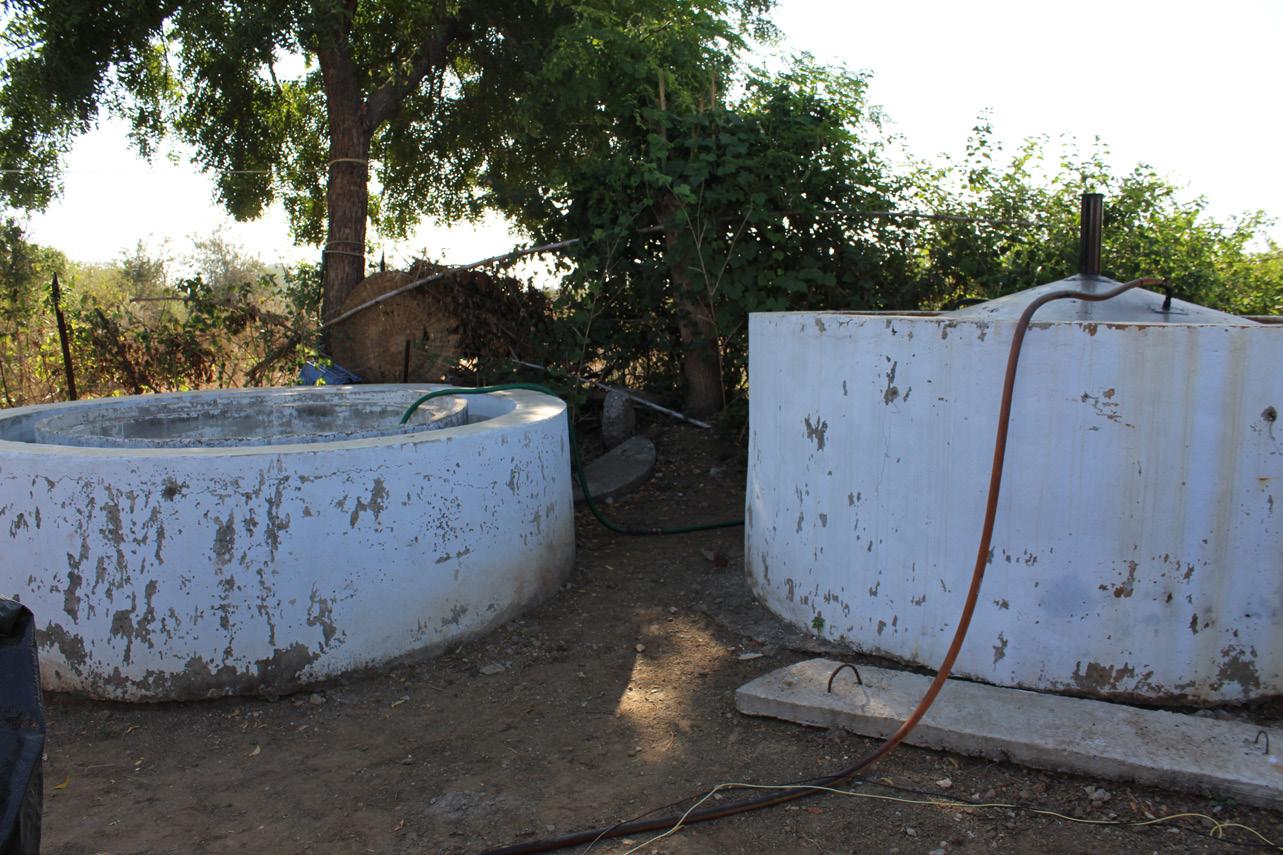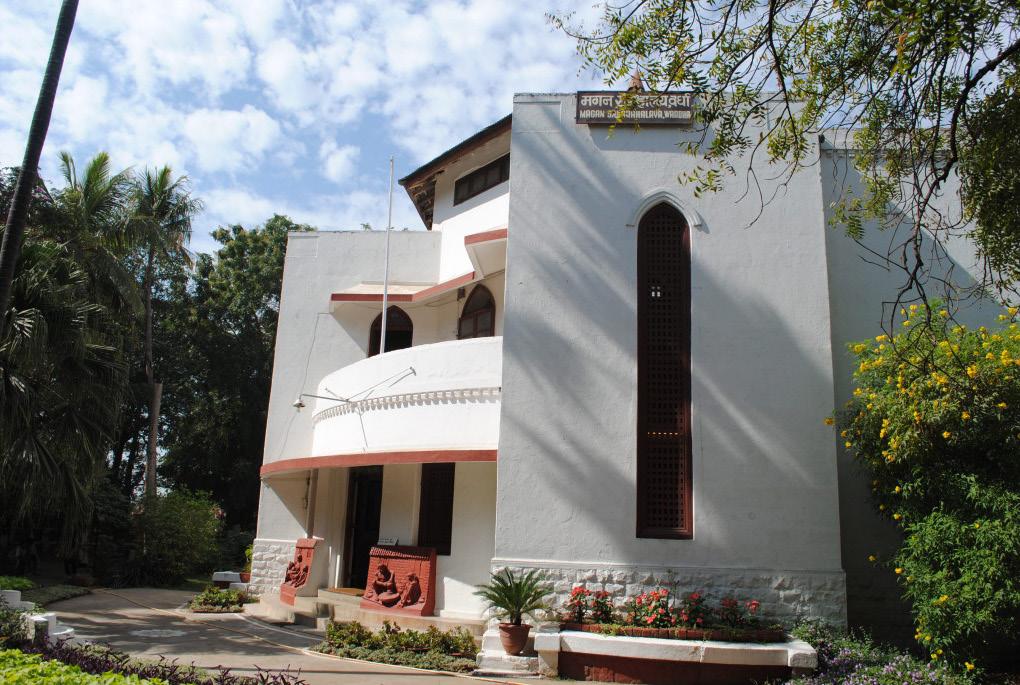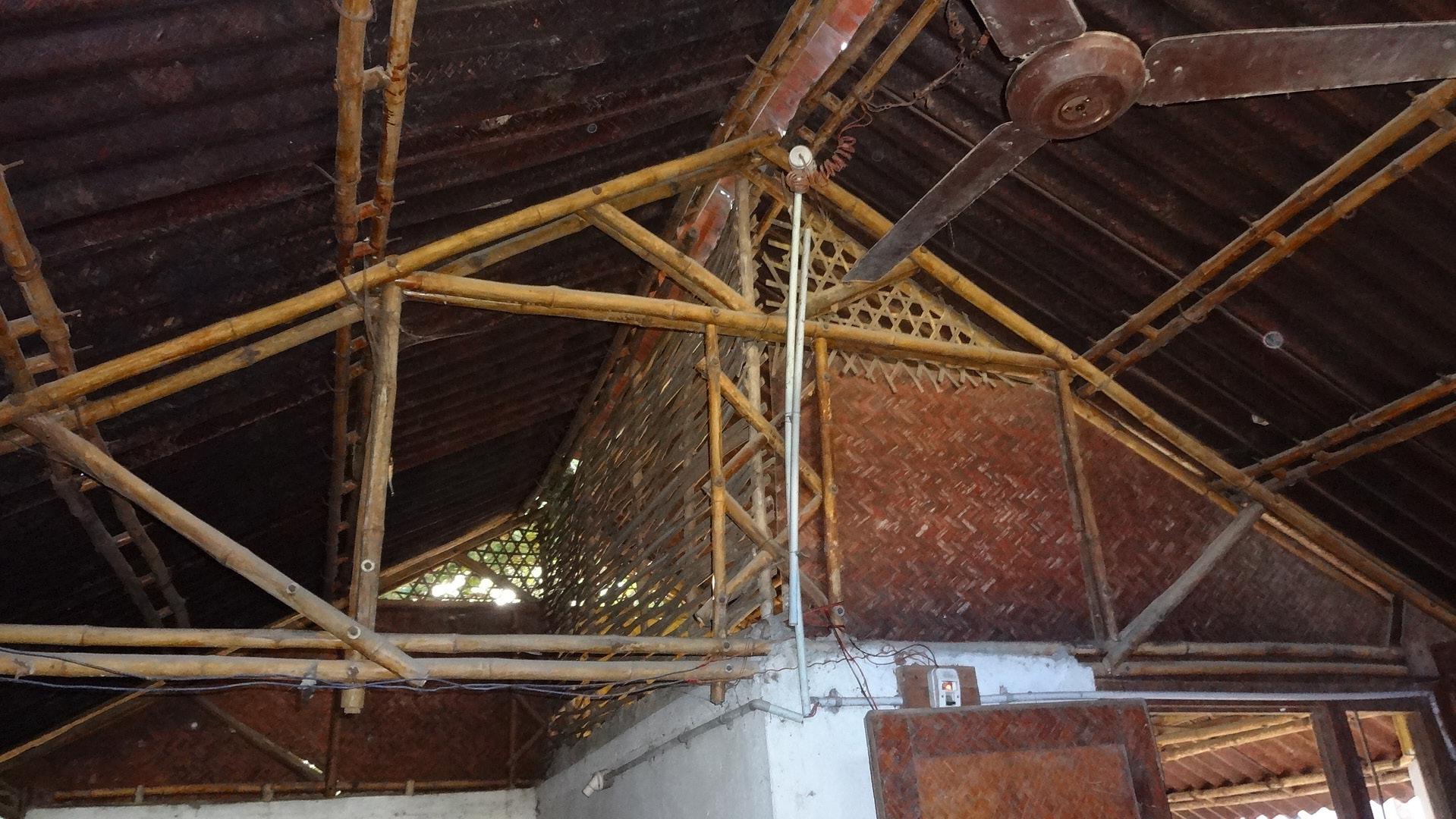
2 minute read
Excavation
Center Of Science for Villages (CSV)
Birth of an Institution
Advertisement
The Center of Science For Villages (CSV), Wardha, has spent the last four decades on innovating and perfecting several scientific techniques specific to the rural setting. Their objective is to work towards the holistic development of small communities based on decentralized village economy. This has resulted in the emergence of several sustainable techniques for rural India which are ecologically sound, economically viable and socially just.
The main area of focus being rural housing, the organization has continuously worked towards sheltering the homeless. They came up with a design solution that served the purpose at a lower cost, comprised of materials available in abundance in the local surroundings only like soil and water.
CSV initially struggled to bring in a solution for the villagers which would be feasible both economically and ecologically. It was first decided that they would use only locally sourced materials for construction. They found bamboo, grass and wood available in abundance in the local forests. However, laws applicable for deforestation prevented them from using those materials. Use of bricks was minimised so that the cultivable land is not wasted, as previously in making burnt bricks, the people eroded about one metre of fertile top soil, rendering the land useless for farming.
Soil from the barren land was available in plenty and hence became the material of choice in the local context. Because of this, the potter became the fulcrum in the construction process, as it was the potter who knew how to work with the soil. Guna Tiles and Face Tiles were made as the main elements of construction in a Wardha house and are made solWely out of clay. The potters in the villages nearby were employed to make these guna tiles in large quantities as one vault of size 3m x 4.5m would require approximately 2000 Guna Tiles. This also ensured employment to the widely existing potter community. The technique of construction of the Wardha house was quite simple for a layman to understand. Since the villagers couldn’t afford labour to build their houses, they themselves learnt and participated in the construction activity. The technique was developed keeping this fact in mind. As a result, both men and women in the family got involved in the construction of their house. In this way, the expenses were reduced by a great extent making it affordable for the poor.
CSV also helped develop and improve upon some specific sanitation methods where in bio-gas, manual could be produced out of the kitchen waste. This helped the villagers eliminating wood fuel for cooking as bio-gas was made available in plenty and made the villagers independent. CSV also developed some specific designs for cooking utensils to use less fuel. The organization has truly worked holistically to improve a poor man’s life right from his shelter to his food.



